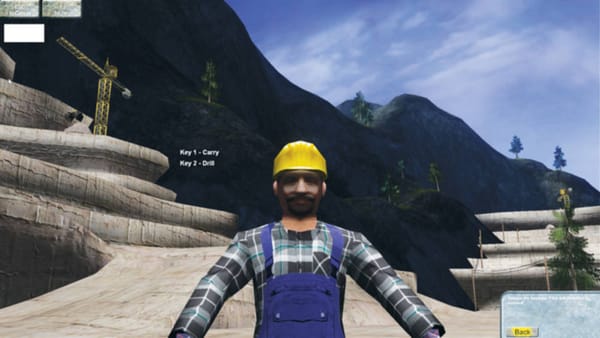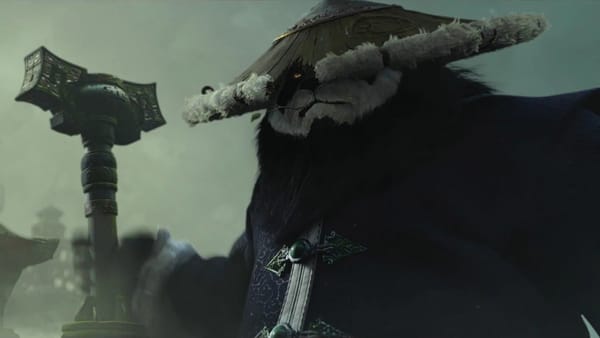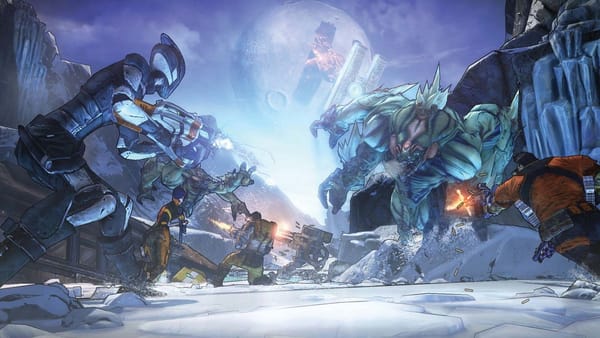A realistic take on roguelikes
Robin Thomas reminisces back to when times were hard

A popular mod on the PC gaming scene, as many of us will know, is DayZ, where you get one shot at survival on an island covered with zombies. It’s hailed for finally getting “survival” right, with atmosphere, realism and difficulty – and it’s the difficulty that interests me.
Games have been getting easier for years. DayZ doesn’t let you save and forces you to restart every time you die, however, if your character somehow survives long enough for you to quit the server, you pick up where you left off. The first games to do permadeath in a big way were ‘roguelikes’. We have to look very far back to find their beginnings, as the first crop appeared in the 1970s with games such as Adventure, Dungeon and, in 1980, Rogue, which the genre is named after.
In simple, relatable terms, imagine Diablo, but really, really hard. The average Roguelike has you make or randomly generate a character (with more choices than you could shake a wand of wishing at) and dumps it in a walled village with a staircase down to a dungeon. Levels are randomly generated, usually simply a series of pitch black rooms and corridors riddled with secret passages, traps, creatures and loot, depending on how deep you’ve delved. Your character must gain experience from monsters, travel down as far as possible, and kill some impossible boss at the deepest limit. Combat is roughly like Dungeons & Dragons, so it is turn based and requires a rulebook to properly understand. Oh, and most roguelikes use ASCII graphics and don’t take mouse input, in case you thought the above sounded remotely accessible.
There is much variance between different versions, but the core game stays the same. Nethack, easily available on smartphones, is a straight-into-the-dungeon job, and generously provides small sprite graphics. Larn features a time limit and if you win , your subsequent characters get taxed. Brogue puts a lot of effort into making ASCII dungeons more colourful. Moria spawned many child-variants based on Lord of the Rings lore. All of them are completely unforgiving.
So what’s actually good about them? Variety and randomness. My half orc barbarian could take a sip from a water fountain on level one and be unlucky enough to get one-hit by the water demon that had a 1% chance of spawning from it. My elven ranger, however, might make it down to the gnome and dwarf catacombs on level 5 thanks to his bow and come unstuck against some tricky spellcasters. You could start off as a wizard with a ring of invisibility, only to die of hunger when paralyzed by a trap on level 19. You have to take some amount of enjoyment from the inevitable death of your character.
Okay, fine, you get what I’m saying, but games have moved on. We’re used to hammering quick save and quick load to get the perfect hit for maximum experience, regular checkpoints, and having a player character that isn’t an ampersand or “@” symbol. Why don’t you just play Diablo and actually have fun rather than live in the past?
I propose an alternate solution – choose the right variant, and cheat. Yeah, I’ve now been completely rejected by any hardcore roguelike players (who are still out there), but hear me out. Wizard mode is for “debugging”, but it allows you to simply respawn at the start of any area you die. Combine this with the variant ZangbandTK, based on Angband, full of LotR characters and items as well as other hilarious easter eggs that become an integral part of the game, plus dizzying character creation options. Most importantly, it’s got good sprite based graphics, so you won’t be squinting to see the difference between a wall (#) and a demonic quylthulg (%). The game now becomes an exercise to create the best possible character from a random system, mostly done through grinding quests with high level loot. Boy, that sounds familiar, doesn’t it?
ZangbandTK is still brilliant fun if you don’t cheat, if not more. It’s simply difficult to bring this type of game to this generation. If you enjoy RPG games, or simply like to think you know a thing or two about the history of gaming, you owe it to yourself to experience this genre as it is meant to be. Even if you roll a gnome priest who dies at the hands of a lichen (yes, a lichen) on the first level of the dungeon, you’ll catch a glimpse at what some of today’s games are missing – a learning curve with balls.








